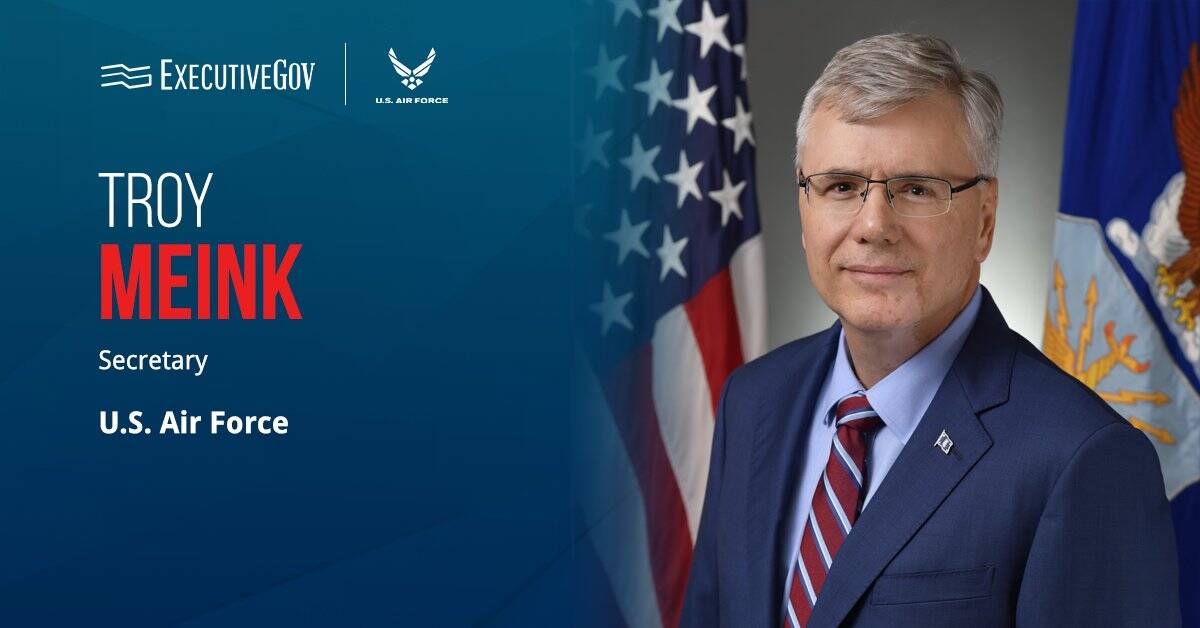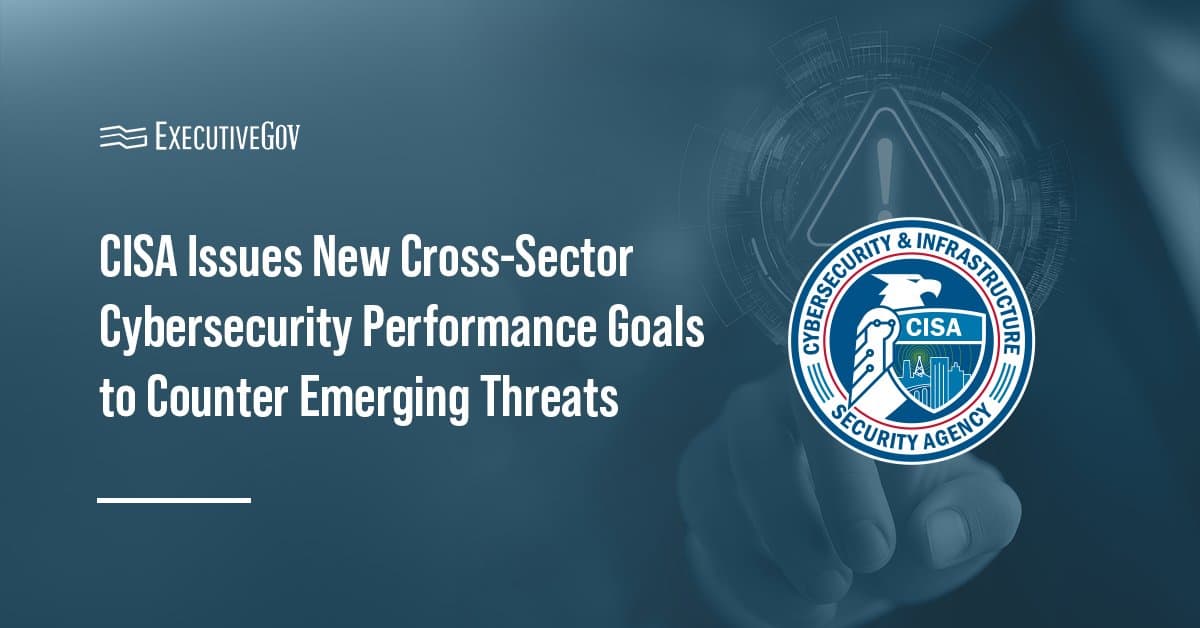The Office of Personnel Management is allowing agencies to hire people with disabilities in response to workforce requirements imposed by the Infrastructure Investment and Jobs Act, Federal News Network reported Tuesday.
The law, which aims to modernize U.S. infrastructure, requires agencies to hire climate scientists, civil engineers and other workers necessary to achieve its goal.
OPM has granted agencies the use of an excepted service Schedule A authority, which enables PWD hiring, to fill temporary positions for up to a year. The authority is not applicable to roles with existing direct hire authorities and is effective only through Sept. 30, 2027.
IIJA, also known as the Bipartisan Infrastructure Law, seeks to update the country’s roads, transit and rail systems, bridges, seaports, airports, internet and water systems.





